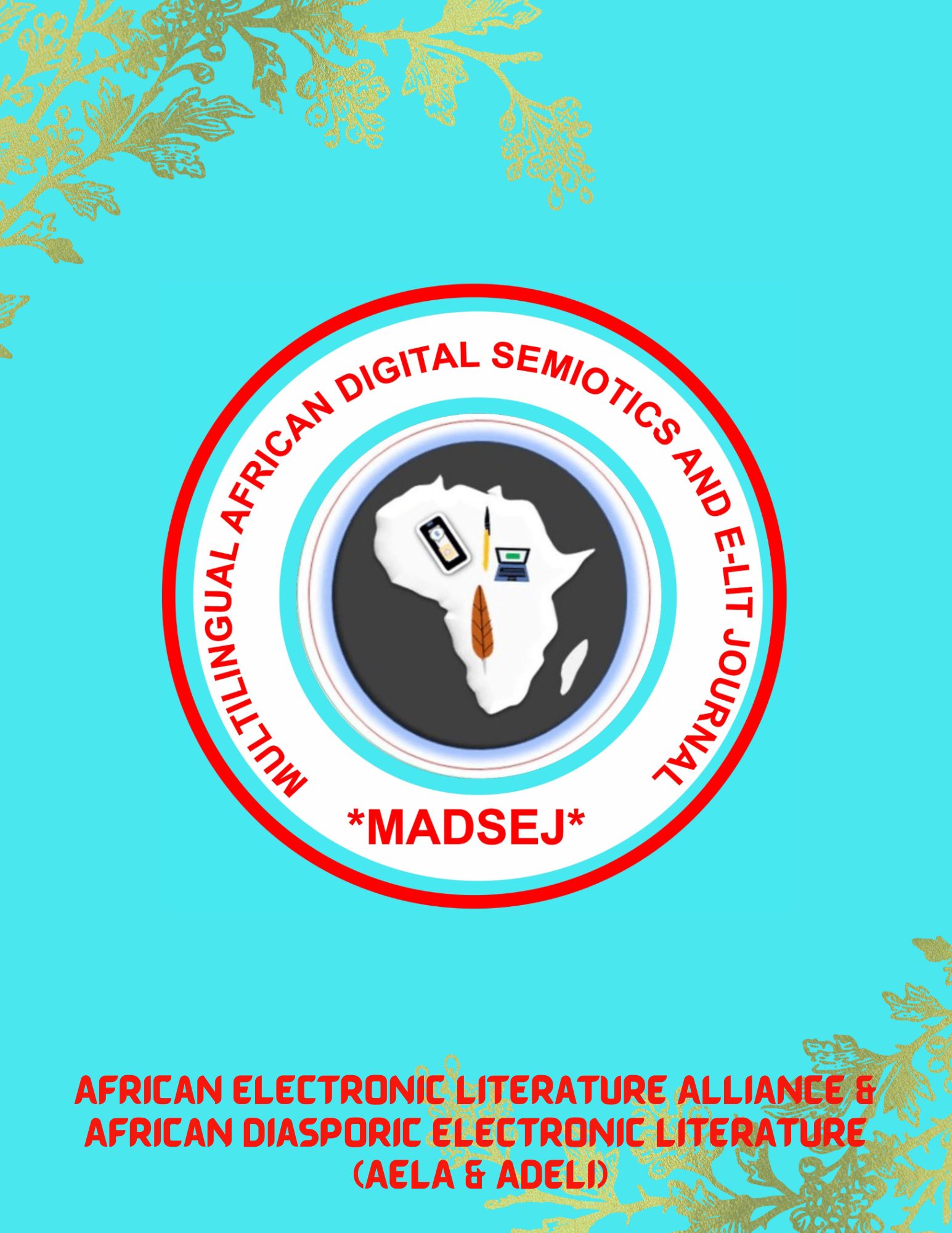The Computer Generation of Novels
Theory and Practice
DOI:
https://doi.org/10.17613/jvezn228Abstract
How do authors use computers, not to write novels with word processors, but to generate novels with computer programs? For those interested in this practice, how to join those who are now working as author/programmers, combining writing techniques with computational techniques, developing innovative new ways of producing plots and prose?
There are plenty of exciting opportunities for innovation in the area of computer-generated novels. To look ahead, it’s first appropriate to look back and discover a bit about the history of computer-generated writing. Some discussion of the novel is important, too. Understanding more about this allows us to see how we can now elaborate, question, and combine past work — using new computational methods.
Downloads
References
Achebe, Chinua. Things Fall Apart. New York: Alfred A. Knopf. 1992.
Audry, Sofian. for the sleepers in that quiet earth. Boston & New York: Bad Quarto. Texts generated 2017. 2019.
Beckett, Samuel. Watt. New York: Grove Press. 1970.
Davis, Robin Camille. If on a winter’s night a library cardholder. https://github.com/robincamille/nanogenmo2016/blob/master/outputs/novel3.md 2016.
Camus, Albert. L’étranger. Paris: Gallimard. 1978.
Goodwin, Ross. 1 the Road. Paris: Jean Bôite Editions. 2018.
Jackson, Shelley. Patchwork Girl, or, A Modern Monster a Graveyard, a Journal, a Quilt, a Story & Broken Accents. Watertown, MA: Eastgate Systems. 1995.
Joyce, James. A Portrait of the Artist as a Young Man. New York: Modern Library. 1928.
Joyce, James. Ulysses. 1st Vintage International ed. New York: Vintage Books. 1990.
Joyce, James. The Restored Finnegans Wake. Eds. Danis Rose & John O’Hanlon. London: Penguin Classics, 2012.
Klein, S., et al. Automatic Novel Writing: A Status Report. Technical Report 186. Computer Science Department, University of Wisconsin. 1973.
Laufer, Milton. A Noise Such as a Man Might Make. Using Electricity series. Denver: Counterpath. 2018.
McCarthy, Cormac. Blood Meridian, or, The Evening Redness in the West. New York: Ecco Press. 1986.
Mboya, Arwa Michele. Wash Day. Using Electricity series. Denver & New York: Counterpath. 2023.
Montfort, Nick. World Clock. Cambridge, MA: Bad Quarto. 2013.
Montfort, Nick. Megawatt. Cambridge, MA: Bad Quarto. 2014.
Montfort, Nick. Memory Slam: Reimplemented computational poetry, electronic literature, and digital literary art that was originally developed on batch processing systems. https://nickm.com/memslam/ 2014–2018.
Montfort, Nick. “Batch/Interactive.” Time: A Vocabulary of the Present, pp. 309-322. 2016.
Proust, Marcel, and Jean-Yves Tadié. À la recherche du temps perdu, Nouv. éd. Paris: Gallimard, 1987.
Racter. The Policeman’s Beard Is Half Constructed. Intro. Will Chamberlain, Illus. Joan Hall. New York: Warner Books. 1984.
Sharples, Mike and Rafael Pérez y Pérez. Story Machines: How Computers Have Become Creative Writers. London & New York: Routledge. 2022.
Strachey, Christopher, “The ‘Thinking’ Machine,” Encounter 3:4, 25–31. 1954.
Tutuola, Amos. The Palm Wine Drinkard and his Dead Palm Wine Tapster in the Dead’s Town. New York: Grove Press. 1953.

Published
Issue
Section
License
Copyright (c) 2023 Nick Montfort

This work is licensed under a Creative Commons Attribution 4.0 International License.
-
Copyrights remain with the authors, who grant the journal the right of first publishing their submitted manuscripts. All materials published by MADSEJ is under an Attribution 4.0 International Creative Commons License which make them accessible to the public and to be shared since authorship and first publication credits are cited.
-
The Attribution 4.0 International (Creative Commons) allows the copy and redistribution of the material in any medium or format, as well as its adaptation for any purpose, even commercially.
-
Authors are permitted to give contract for non-exclusive distribution of the version of their works published in MADSEJ. For example, distribution in an institutional repository or as a book chapter but the authors should give credit to MADSEJ as the first to publish the manuscripts as well as acknowledge MADSEJ.





